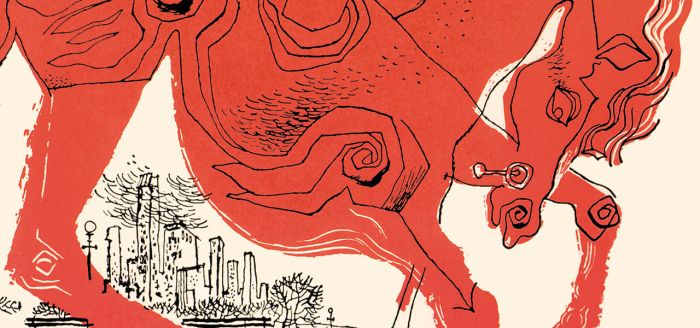Embark on a literary odyssey with our American Literature EOC Practice Test. This comprehensive guide unveils the intricacies of American literature, equipping you with the knowledge and skills to excel in your End-of-Course exam.
Delve into the tapestry of literary periods, unravel the genius of renowned authors, and explore the diverse genres that have shaped the American literary landscape. Our practice test empowers you to master literary devices, decipher literary movements, and grasp the profound influence of social and historical contexts on American literature.
Literary Periods
American literature, spanning centuries, has undergone significant transformations, marked by distinct literary periods. Each period is characterized by unique themes, styles, and cultural influences, shaping the landscape of American literature.
Colonial Period
The Colonial Period (1607-1783) marked the beginning of American literature, heavily influenced by European traditions and the Puritan worldview. Notable authors of this period include Anne Bradstreet and Jonathan Edwards, who explored themes of religious devotion, personal experience, and the harsh realities of life in the New World.
Revolutionary Period
The Revolutionary Period (1765-1800) witnessed a surge in patriotic sentiment and a growing sense of American identity. Writers like Thomas Paine, Benjamin Franklin, and Phillis Wheatley used their works to advocate for independence and inspire the American Revolution.
Romanticism
Romanticism (1800-1860) emphasized emotion, imagination, and the celebration of nature. Key figures of this period include Edgar Allan Poe, Nathaniel Hawthorne, and Henry David Thoreau. Romantic writers explored themes of the individual’s relationship with nature, the supernatural, and the search for self-discovery.
Realism
Realism (1860-1900) emerged as a reaction to Romanticism, focusing on the accurate portrayal of everyday life and social issues. Prominent authors of this period include Mark Twain, William Dean Howells, and Edith Wharton. Realist writers sought to depict the complexities of American society, addressing themes of poverty, inequality, and the struggle for survival.
Naturalism
Naturalism (1880-1910) took Realism a step further, exploring the deterministic forces that shape human behavior. Key figures of this period include Stephen Crane, Theodore Dreiser, and Frank Norris. Naturalists believed that individuals were products of their environment and heredity, and their works often depicted the harsh realities of urban life and the struggle against fate.
Modernism, American literature eoc practice test
Modernism (1910-1945) marked a significant departure from traditional literary conventions. Writers like T.S. Eliot, Ernest Hemingway, and F. Scott Fitzgerald experimented with new forms, styles, and themes. Modernist literature often reflected the disillusionment and fragmentation of society in the aftermath of World War I.
Postmodernism
Postmodernism (1945-present) emerged after World War II, characterized by a rejection of traditional notions of truth, objectivity, and linear narratives. Postmodern writers like Toni Morrison, Cormac McCarthy, and Don DeLillo explored themes of identity, history, and the interplay between reality and fiction.
Authors and Their Works
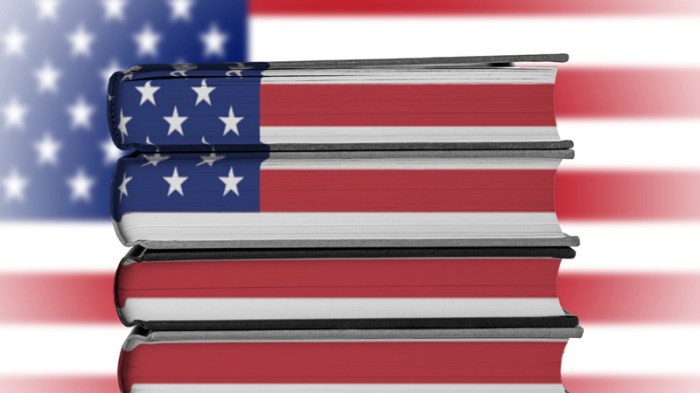
American literature is a vast and diverse field, spanning centuries and encompassing a wide range of genres and styles. At the heart of this rich tapestry lie the works of significant American authors, whose contributions have shaped the nation’s literary landscape and left an enduring mark on the world.
These authors have not only crafted unforgettable stories and characters but have also explored profound themes, challenged societal norms, and pushed the boundaries of literary expression. Their works offer invaluable insights into the American experience, reflecting the hopes, dreams, fears, and aspirations of a nation.
Nathaniel Hawthorne
Nathaniel Hawthorne (1804-1864) was a master of the American Gothic and a pioneer of the psychological novel. His works, including “The Scarlet Letter” and “The House of the Seven Gables,” delve into the dark recesses of the human psyche, exploring themes of guilt, sin, and redemption.
- Writing Style:Hawthorne’s prose is characterized by its rich symbolism, evocative language, and exploration of the supernatural.
- Themes:His works often explore the consequences of sin and the struggle between good and evil.
- Literary Techniques:Hawthorne frequently employed allegory, symbolism, and foreshadowing to create a sense of mystery and suspense.
Mark Twain
Mark Twain (1835-1910) was a humorist, satirist, and social critic whose works, such as “The Adventures of Tom Sawyer” and “The Adventures of Huckleberry Finn,” have become American classics.
- Writing Style:Twain’s prose is known for its wit, colloquial language, and sharp social commentary.
- Themes:His works often explore themes of childhood, race, and the hypocrisy of society.
- Literary Techniques:Twain employed satire, irony, and hyperbole to expose the absurdities and injustices of his time.
F. Scott Fitzgerald
F. Scott Fitzgerald (1896-1940) was a leading figure of the Jazz Age and one of the greatest American novelists of the 20th century. His works, including “The Great Gatsby” and “Tender is the Night,” capture the glamour and disillusionment of the Roaring Twenties.
- Writing Style:Fitzgerald’s prose is lyrical, evocative, and characterized by its use of imagery and symbolism.
- Themes:His works often explore themes of wealth, love, and the American Dream.
- Literary Techniques:Fitzgerald employed stream-of-consciousness narration and flashbacks to create a sense of immediacy and intimacy.
Toni Morrison
Toni Morrison (1931-2019) was a Nobel Prize-winning author whose works, such as “Beloved” and “The Bluest Eye,” explore the experiences of African Americans in the United States.
- Writing Style:Morrison’s prose is poetic, lyrical, and characterized by its use of folklore and myth.
- Themes:Her works often explore themes of race, gender, and the legacy of slavery.
- Literary Techniques:Morrison employed magical realism, stream-of-consciousness narration, and multiple perspectives to create a rich and complex tapestry of narratives.
Literary Genres
American literature encompasses a diverse array of literary genres, each with its own unique characteristics and conventions. These genres reflect the evolving cultural, historical, and social landscape of the United States, offering a rich tapestry of literary expression.
Novel
The novel is a long narrative work of fiction that explores complex characters, themes, and settings. American novels have played a significant role in shaping the nation’s literary landscape, from the early works of Nathaniel Hawthorne and Herman Melville to the contemporary masterpieces of Toni Morrison and Cormac McCarthy.
- The Scarlet Letterby Nathaniel Hawthorne: A classic of American literature that explores the themes of sin, guilt, and redemption.
- Moby-Dickby Herman Melville: An epic tale of obsession, adventure, and the human condition.
- Belovedby Toni Morrison: A powerful novel that confronts the horrors of slavery and its lasting legacy.
Short Story
The short story is a brief narrative work of fiction that focuses on a single event or character. American short stories have been instrumental in developing the nation’s literary voice, from the early works of Edgar Allan Poe and Mark Twain to the contemporary stories of Alice Munro and Jhumpa Lahiri.
- The Tell-Tale Heartby Edgar Allan Poe: A chilling tale of guilt and paranoia.
- The Celebrated Jumping Frog of Calaveras Countyby Mark Twain: A humorous and satirical story that captures the spirit of the American frontier.
- The Namesakeby Jhumpa Lahiri: A poignant story that explores the themes of identity, culture, and family.
Poetry
Poetry is a form of literature that uses language in a creative and expressive way to evoke emotions, ideas, and experiences. American poetry has a rich and varied history, from the early works of Walt Whitman and Emily Dickinson to the contemporary poems of Sylvia Plath and Billy Collins.
- Leaves of Grassby Walt Whitman: A collection of free-verse poems that celebrate the American spirit and the beauty of the natural world.
- I’m Nobody! Who are you?by Emily Dickinson: A poem that explores the themes of identity and isolation.
- Daddyby Sylvia Plath: A powerful and confessional poem that addresses the complexities of family relationships.
Drama
Drama is a form of literature that is intended to be performed. American drama has a long and distinguished history, from the early works of Eugene O’Neill and Arthur Miller to the contemporary plays of August Wilson and Tony Kushner.
- The Iceman Comethby Eugene O’Neill: A tragic play that explores the themes of addiction, despair, and the search for redemption.
- Death of a Salesmanby Arthur Miller: A classic American play that examines the themes of failure, disillusionment, and the American Dream.
- Fencesby August Wilson: A powerful play that explores the themes of race, family, and the American experience.
Non-Fiction
Non-fiction literature is a broad category that encompasses a wide range of works that are based on facts and real events. American non-fiction literature has a rich history, from the early works of Benjamin Franklin and Thomas Jefferson to the contemporary works of Maya Angelou and Malcolm Gladwell.
- The Autobiography of Benjamin Franklin: A classic of American literature that recounts the life and times of one of the nation’s founding fathers.
- The Declaration of Independenceby Thomas Jefferson: A seminal document that proclaimed the American colonies’ independence from Great Britain.
- I Know Why the Caged Bird Singsby Maya Angelou: A powerful memoir that recounts the author’s experiences with racism and oppression.
Literary Devices: American Literature Eoc Practice Test
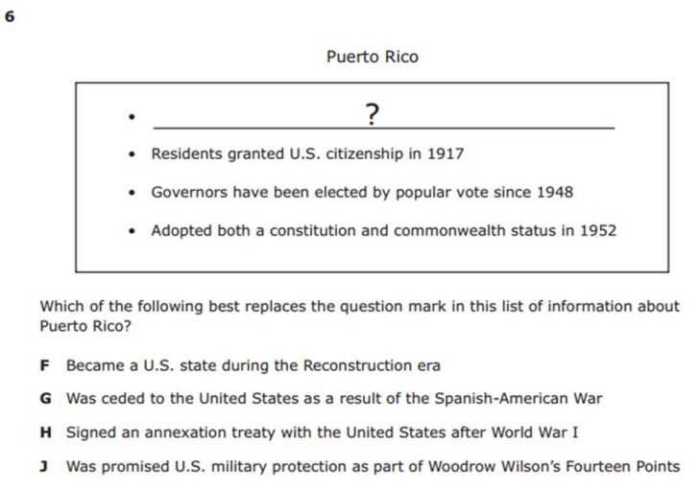
Literary devices are techniques used by authors to create specific effects, enhance the meaning of their writing, and engage readers. In American literature, literary devices play a crucial role in shaping the narrative, developing characters, and conveying themes.
Authors employ a wide range of literary devices, including:
Imagery
Imagery involves using vivid and evocative language to create sensory experiences for the reader. Authors use imagery to stimulate the senses and create a rich and immersive literary world. For example, in “The Great Gatsby,” F. Scott Fitzgerald describes the “valley of ashes” as a “fantastic farm where ashes grow like wheat in the fields.”
This imagery evokes a sense of desolation and decay.
Metaphor
A metaphor is a figure of speech that compares two unlike things without using the words “like” or “as.” Metaphors create unexpected connections and reveal hidden similarities. For example, in “Song of Myself,” Walt Whitman compares the soul to a “vast similitude.”
This metaphor suggests the vastness and complexity of the human soul.
Symbolism
Symbolism uses objects, characters, or actions to represent abstract ideas or emotions. Symbols can add depth and resonance to a literary work. For example, in “The Scarlet Letter,” Nathaniel Hawthorne uses the scarlet letter “A” as a symbol of sin, shame, and isolation.
Irony
Irony occurs when there is a contrast between what is expected and what actually happens. Irony can be used to create humor, suspense, or dramatic effect. For example, in “The Catcher in the Rye,” Holden Caulfield’s desire to “catch” children from falling into adulthood is ironic because he is ultimately unable to prevent his own fall.
Foreshadowing
Foreshadowing hints at future events or outcomes without explicitly revealing them. Foreshadowing creates suspense and builds anticipation. For example, in “The Great Gatsby,” the green light at the end of Daisy Buchanan’s dock foreshadows Gatsby’s tragic end.
Literary Movements
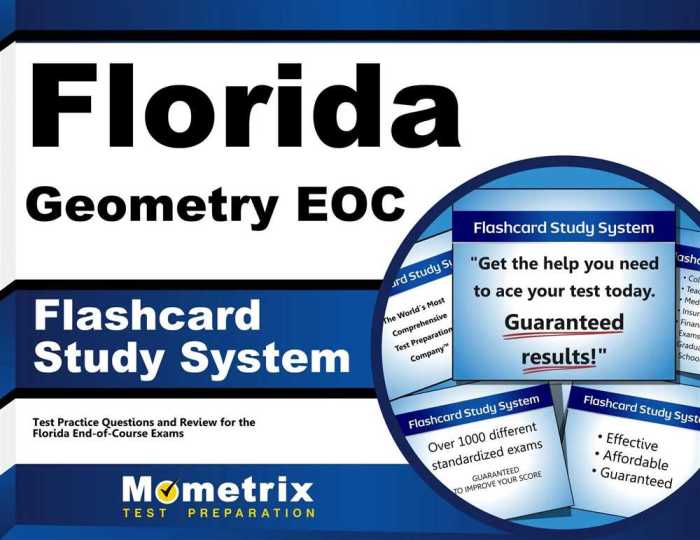
American literature has been shaped by various literary movements, each characterized by distinct ideas, themes, and influences. These movements have influenced the development of American literature and have left a lasting impact on the literary landscape.
Puritanism
Puritanism was a religious movement that emerged in England in the 16th century and had a significant impact on early American literature. Puritan writers were deeply influenced by Calvinist theology, which emphasized the sovereignty of God, the depravity of humanity, and the importance of salvation through faith.
Puritan literature often explored themes of sin, guilt, and redemption, and it was often didactic in nature, seeking to instruct readers in the ways of righteousness.
- The Scarlet Letterby Nathaniel Hawthorne
- The Crucibleby Arthur Miller
The Enlightenment
The Enlightenment was an intellectual movement that originated in Europe in the 17th century and spread to America in the 18th century. Enlightenment thinkers emphasized reason, logic, and the scientific method. They believed that human beings were capable of progress and that society could be improved through the application of reason.
Enlightenment literature often celebrated the power of human reason and the pursuit of knowledge.
- The Autobiography of Benjamin Franklinby Benjamin Franklin
- Common Senseby Thomas Paine
Romanticism
Romanticism was a literary movement that emerged in Europe in the late 18th century and spread to America in the early 19th century. Romantic writers emphasized emotion, imagination, and the individual experience. They believed that the natural world was a source of inspiration and that the human spirit was capable of great things.
Romantic literature often celebrated the beauty of nature, the power of love, and the importance of imagination.
- Waldenby Henry David Thoreau
- Moby-Dickby Herman Melville
Realism
Realism was a literary movement that emerged in the mid-19th century and emphasized the accurate depiction of everyday life. Realist writers sought to portray the world as it really was, without idealization or sentimentality. They often focused on the lives of ordinary people and the challenges they faced.
Realist literature often explored themes of poverty, social injustice, and the human condition.
- The Adventures of Huckleberry Finnby Mark Twain
- The Jungleby Upton Sinclair
Modernism, American literature eoc practice test
Modernism was a literary movement that emerged in the early 20th century and challenged the conventions of traditional literature. Modernist writers experimented with new forms and techniques, and they often explored themes of alienation, fragmentation, and the search for meaning in a rapidly changing world.
Modernist literature is often characterized by its use of stream-of-consciousness, fragmented narratives, and unconventional language.
- The Great Gatsbyby F. Scott Fitzgerald
- The Waste Landby T.S. Eliot
Postmodernism
Postmodernism is a literary movement that emerged in the late 20th century and continues to influence contemporary literature. Postmodernist writers question the assumptions of traditional literature and challenge the idea of a single, objective truth. They often explore themes of fragmentation, irony, and the blurring of boundaries between reality and fiction.
Postmodernist literature is often characterized by its use of metafiction, intertextuality, and self-reflexivity.
- House of Leavesby Mark Z. Danielewski
- Infinite Jestby David Foster Wallace
Social and Historical Contexts
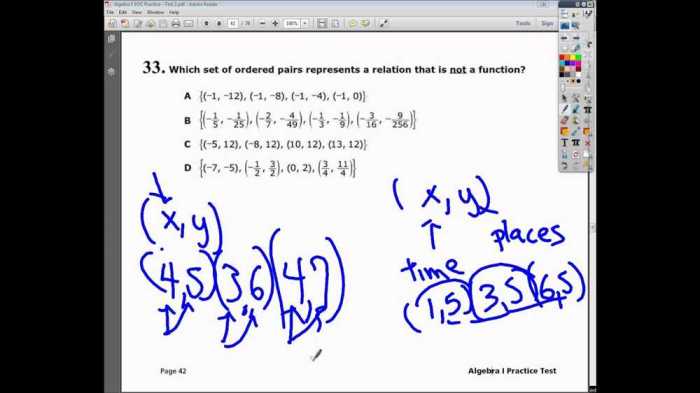
American literature has been profoundly shaped by the social and historical events that have unfolded throughout the nation’s history. Authors have served as both reflectors and shapers of the American experience, capturing the hopes, dreams, and struggles of a diverse and evolving society.
Influence of Social and Historical Events
Major social and historical events have had a significant impact on the themes, styles, and perspectives found in American literature. For instance, the American Revolution ignited a spirit of patriotism and a desire for independence, which was reflected in the works of authors such as Thomas Paine and Phillis Wheatley.
The Civil War was a watershed moment that deeply divided the nation and left an enduring legacy in American literature. Authors like Harriet Beecher Stowe and Frederick Douglass explored the horrors of slavery and the complexities of race and identity.
Authors as Reflectors and Shapers
Authors have played a pivotal role in reflecting and shaping the American experience through their works. They have captured the essence of different eras, providing insights into the values, beliefs, and aspirations of the American people.
For example, Mark Twain’s “The Adventures of Huckleberry Finn” (1884) exposed the hypocrisy and racism prevalent in American society. Sinclair Lewis’s “Main Street” (1920) criticized the narrow-mindedness and conformity of small-town life.
Connections between Literature and the Social and Political Landscape
American literature has always been closely intertwined with the social and political landscape. Authors have used their works to comment on contemporary issues, challenge societal norms, and advocate for change.
The Beat Generation writers of the 1950s, such as Jack Kerouac and Allen Ginsberg, rejected traditional values and embraced nonconformity. The feminist movement of the 1960s and 1970s found expression in the works of authors like Alice Walker and Maya Angelou, who explored issues of gender equality and racial identity.
FAQ Section
What is the format of the American Literature EOC exam?
The format may vary depending on the state, but typically includes multiple-choice questions, short answer responses, and essay questions.
What are the key concepts covered in the American Literature EOC exam?
The exam assesses students’ knowledge of literary periods, authors and their works, literary genres, literary devices, literary movements, and social and historical contexts.
How can I prepare for the American Literature EOC exam?
Utilize practice tests, review course materials, and seek guidance from teachers or tutors.
